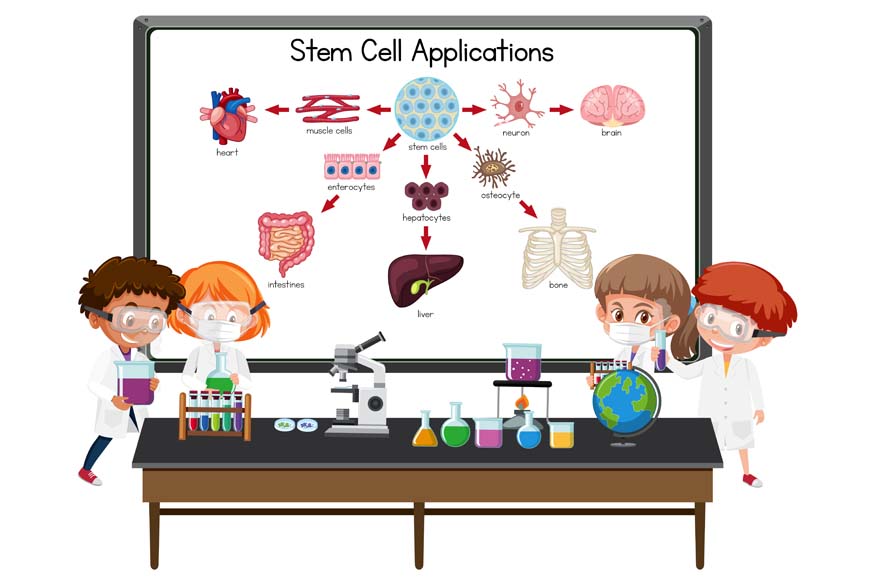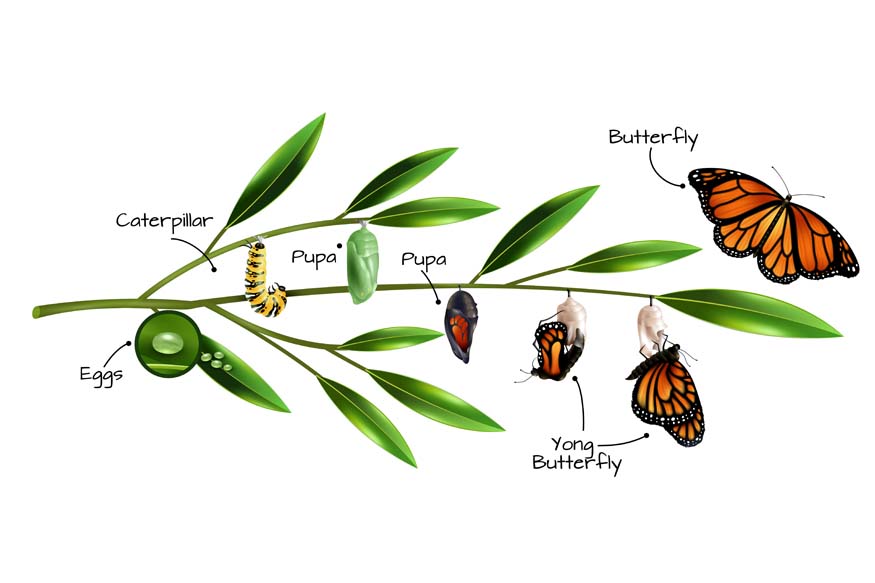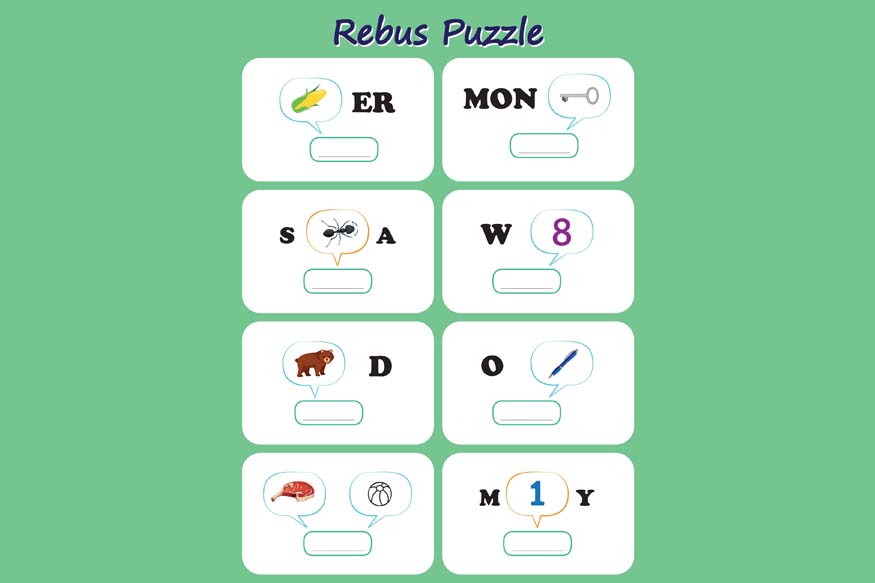Cells are the smallest parts that exhibit the essential characteristics of life. Some microscopic organisms, like bacteria and yeast, are made up of just a single cell. Cells are the basic units that make up all living organisms, serving as their structural, functional, and biological components. They can reproduce on their own, which is why they are often referred to as the building blocks of life. Robert Hooke was the first scientist to identify cells.
Each cell contains a fluid called the cytoplasm, which is surrounded by a membrane. The cytoplasm also contains various biomolecules, including proteins, nucleic acids, and lipids. Moreover, there are cellular structures called organelles that float within the cytoplasm.
Understanding what a cell is
A cell is the structural and fundamental unit of life. The study of cells from their basic structure to the functions of every cell organelle is called Cell Biology.
All organisms are made up of cells, which can either be unicellular (made of one cell) or multicellular (made of many cells). Mycoplasmas are recognised as the smallest cells. Cells serve as the foundational units for all life forms, providing structure and transforming nutrients from food into energy.
Cells are intricate, with various components that carry out different functions within an organism. They come in various shapes and sizes, similar to how bricks are used in buildings. Our bodies are composed of cells that vary in form and size.
Cells represent the most basic level of organisation in all life forms. The number of cells can differ from one organism to another, with humans having a greater number of cells compared to bacteria. Cells contain numerous organelles, each with specialised roles that help sustain life processes. Each organelle has a unique structure, and the genetic material of organisms is also found within the cells.
- Cell structure
- Cell membrane
- Nucleus and Nucleolus
- Cytoplasm
- Cytoplasmic organelles
Over the years, our understanding of cell structure has evolved a lot. In the past, biologists viewed cells as simple sacs made of membranes that held liquid and a few small particles inside.
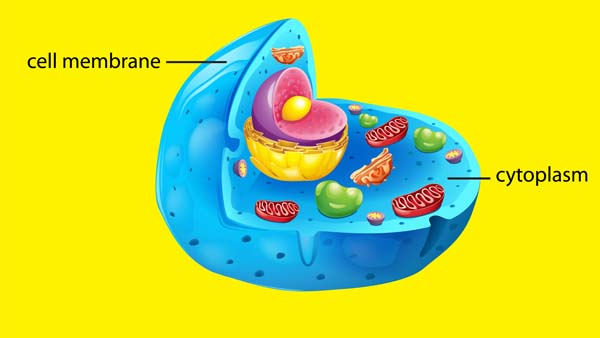
Cells in the body come in various types, sizes, and shapes. To help explain this diversity, we use the idea of a “generalised cell,” which combines characteristics from all cell types. A typical cell has three main components: the cell membrane, the nucleus, and the cytoplasm, which is found between the two. Inside the cytoplasm, there are complex networks of fine fibres and numerous small structures known as organelles.
Every cell in our body is enclosed by a cell membrane, also known as the plasma membrane. This membrane acts as a barrier, keeping the outside materials, called extracellular, separate from the material inside the cell, known as intracellular. It plays a crucial role in keeping the cell intact and regulates in and out of the cell. For any materials inside the cell to be exchanged, they need to interact with the cell membrane, which serves as the cell’s boundary.
The cell membrane is made up of two layers of phospholipid molecules. Embedded within this membrane are proteins that offer structural support, create channels for materials to pass through, serve as receptor sites, act as carrier molecules, and help identify the cell.
The nucleus is surrounded by a nuclear membrane and filled with a jelly-like substance called nucleoplasm. Inside, there are strands of chromatin that hold the genetic material of a cell called DNA. There is also a part called the nucleolus, which is a thick area packed with RNA and is where ribosomes are made. The nucleus plays a crucial role in deciding how the cell operates as well as the basic structure of that cell.
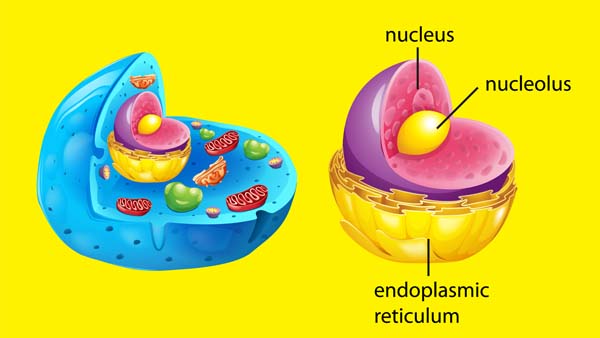
The cytoplasm is the jelly-like fluid found inside a cell. It serves as the environment for chemical reactions to take place. This fluid acts as a base where various organelles can function. All the activities related to cell growth, expansion, and replication happen in the cytoplasm. In this area, materials travel through diffusion, which is a process that is effective only over short distances.
Cytoplasmic organelles are like tiny organs floating in the cell’s cytoplasm. Each organelle has its unique structure and plays a specific part in how the cell works. Some examples of these organelles include mitochondria, ribosomes, endoplasmic reticulum, the golgi apparatus, and lysosomes.
There are two main categories of plant cells and animal cells. Simpler life forms, like bacteria, have even more basic cells. These cells consist of a membrane and cytoplasm but lack a nucleus. In plant cells, a tough outer wall encases the cell membrane, providing protection. This wall is composed of a material known as cellulose, which gives plants the strength to grow tall and remain upright.
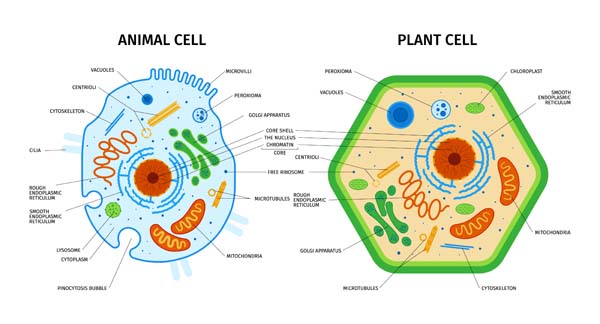
On the other hand, animal cells do not possess cell walls, which allows them to change their size and shape more easily than plant cells. However, most multicellular animals require supportive structures like bones to maintain their shape, as well as shells or tough skins for protection. These structures are formed by specialised cells.
Most plants contain structures called chloroplasts within their cells. These chloroplasts hold a pigment called chlorophyll, which gives plants their green colour. Chlorophyll plays a crucial role in helping plants convert sunlight into food through a process known as photosynthesis. In contrast, animal cells do not have chloroplasts.
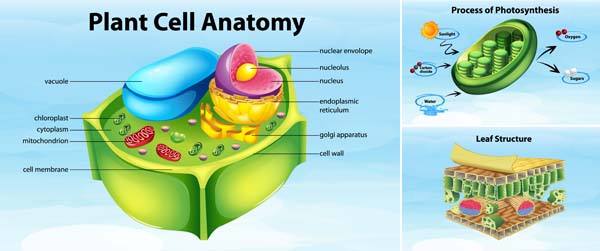
Studying cells is not just interesting; it is crucial for grasping the fundamental elements of life. Each cell, from the simplest prokaryotic type to the more complex eukaryotic one, has distinct features and roles that are essential for all living beings.
At Center Point School, we believe that exploring the natural world, including the detailed aspects of cell structure and the different roles cells play, helps young minds grow and sparks their curiosity. Whether it is learning what a cell is, sharing cool facts about cells with friends, or diving into the marvels of life, the adventure of learning is limitless and exciting.

